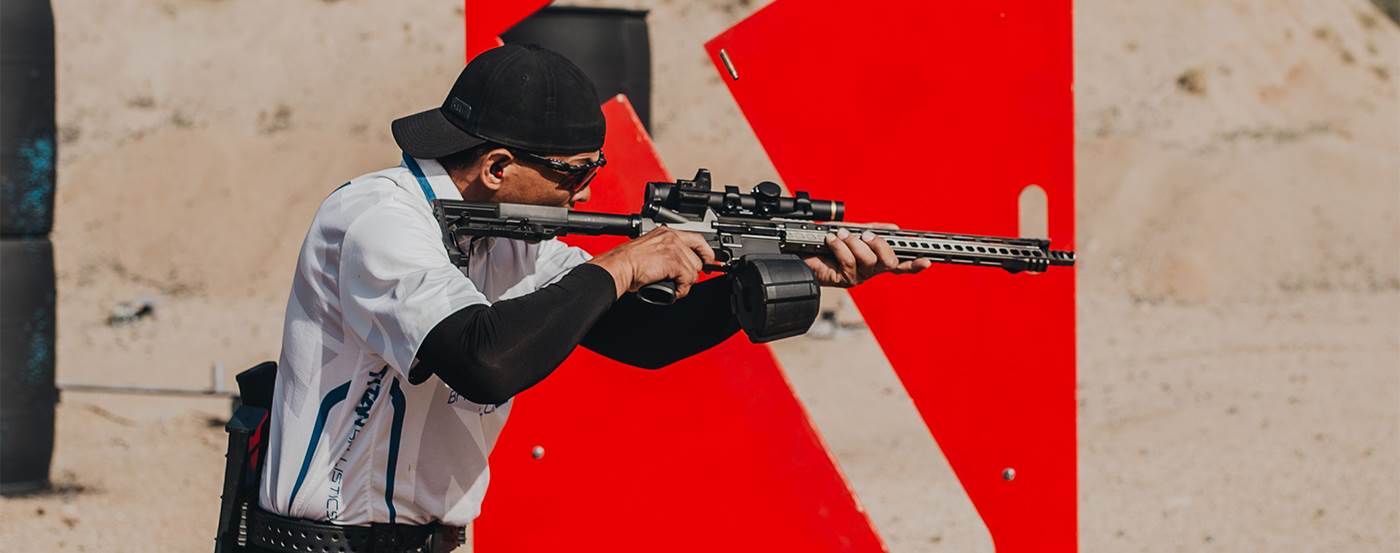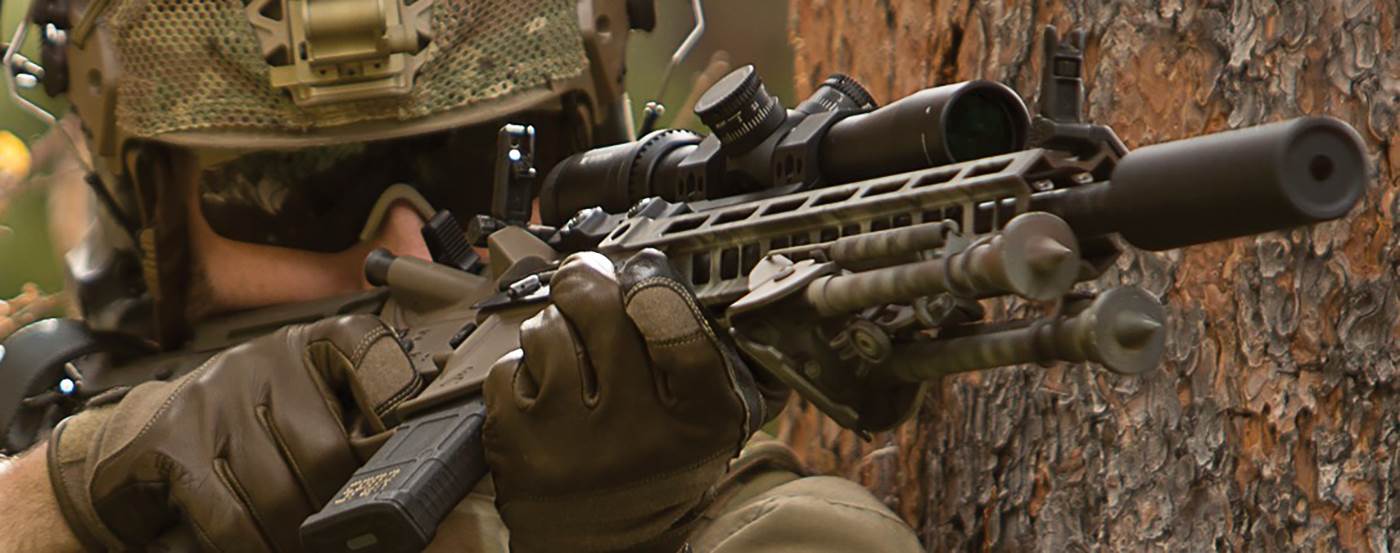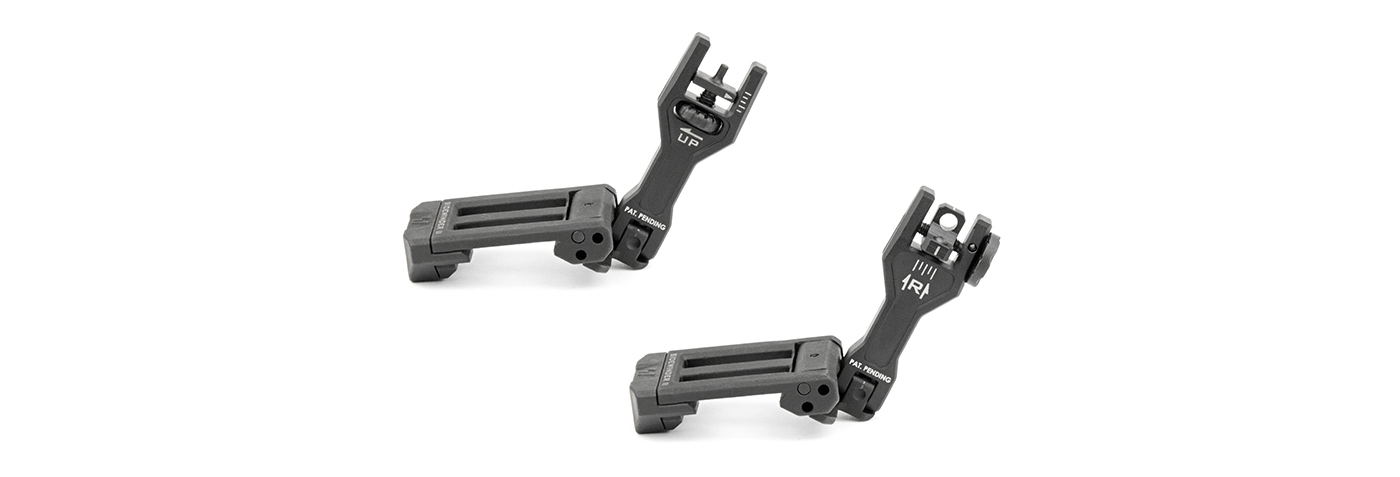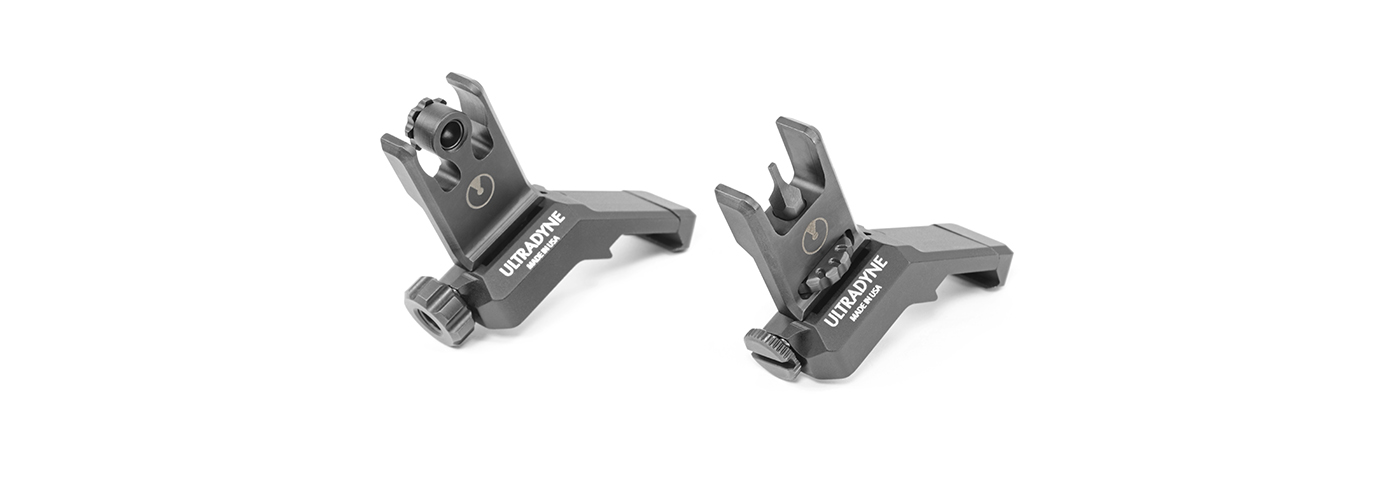As someone who has clocked a fair number of hours at the range and faced diverse shooting situations, I've fielded my fair share of questions about weapon modifications and gear. Recently, a debate’s been raging: the significance of offset iron sights. Are they the real deal or just another gimmick? Let’s break it down from the perspective of someone who's had more range days than lazy Sundays.
Offset Iron Sights: What's the Big Deal?
For the uninitiated, offset iron sights also known as canted sights are those nifty little secondary sights mounted at an angle (usually around 45 degrees) to the bore axis. The main idea? Swiftness. Picture this: You've got a magnified optic or a red dot that, God forbid, decides it’s taking the day off, or maybe you find yourself up close and personal with a target. Instead of a complicated dance of removing or tweaking your primary optic, just give your rifle a slight tilt, and voila! Your offset sights are right there, ready to roll.
The Many Advantages of Canted Sights
Lightning-Fast Transition:
In scenarios where every split-second counts, the ability to quickly transition between your primary optic and your backup sights can mean the difference between success and failure. Whether you're engaged in an intense shooting competition with targets spread across different ranges or navigating the uncertainties of close-quarter combat scenarios, the ability to swiftly adjust your aim is frequently indispensable. Here, canted sights shine. They're positioned in such a way that a mere tilt of your weapon brings them into your line of sight, enabling rapid target acquisition and engagement.
Dependable Plan B:
Ask any seasoned shooter, and they'll affirm that equipment, no matter how top-tier, has the potential to fail. Your state-of-the-art optic might fog up, run out of battery, or suffer a mechanical failure. In such instances, panic can set in if you don't have a reliable backup. Offset iron sights act as your safety net. They're always there, requiring no power source, immune to most environmental challenges, and ready to offer an aiming solution when your primary fails.
Master of All Trades:
Offset iron sights bring a crucial advantage to the table: adaptability. Not every target will be at arm's length when you're out shooting. If your primary optic is dialed in for longer ranges, especially with high magnification, it's almost no good for something right in front of you. This is where these 45-degree iron sights prove their worth. A quick angle shift of your firearm lets you switch focus from distant to near targets, giving your rig that edge in flexibility and versatility.
Every Rose Has Its Thorn
The Weight Game:
On paper, the weight of offset iron sights might seem negligible. However, as you begin to accessorize your weapon with various attachments - from lasers and lights to grips and more - those added ounces from the offset sights can start to feel like pounds. For operators who need to maintain agility and for those long missions, weight can be a crucial factor in performance and fatigue levels.
The Risk of Snags:
The design of offset iron sights, jutting out at an angle, can pose challenges. In the heat of the moment or when moving through dense environments, there's an increased risk of these sights catching on gear, clothing, or even foliage. This can hinder movement, compromise stealth, or at worst, damage the sights themselves.
No Shortcuts to Mastery:
Installing offset iron sights on your weapon is only half the battle. To truly harness their potential, a shooter needs to put in the hours at the range. Transitioning seamlessly between your primary optic and offset sights, especially under pressure, requires muscle memory. Achieving such proficiency calls for regular practice and unwavering commitment.
Offset Iron Sights Recommendations
Strike Industries Sidewinder II 45-Degree Offset/Inline Flip-Up Sights
The Sidewinder II really shines with its two-in-one design. It's not just a 45-degree offset sight; you can also use it as a standard top-mounted backup. Built to last and super reliable, it's also designed with ambidexterity in mind, so both lefties and righties can use it comfortably.
Check out the product details here
Ultradyne C2 Folding Front and Rear Offset Sight Combo
When precision matters, the Ultradyne C2 won’t let you down. Engineered for consistency, its design allows for rapid target acquisition. The robust build ensures that once it's on your weapon, it's there to stay and perform.

Ever Thought of Offset Optics?
Iron sights aren’t the only game in town. There are also offset optic mounts for mini red dots. Given the electronic aim, they can be a tad more intuitive and quicker for some folks. But remember, they come with their own set of cons, pretty much in line with the offset irons.
Wrapping Up
Choosing to use offset iron sights really comes down to personal taste and what you need in the field. If you're often swapping focus between close and distant targets or are concerned about your optics letting you down, then these sights are what you need. My two cents? Give them a shot. Head to the range, work on those transitions and see if they align with how you shoot. Whatever your choice, shoot safely and shoot straight.


